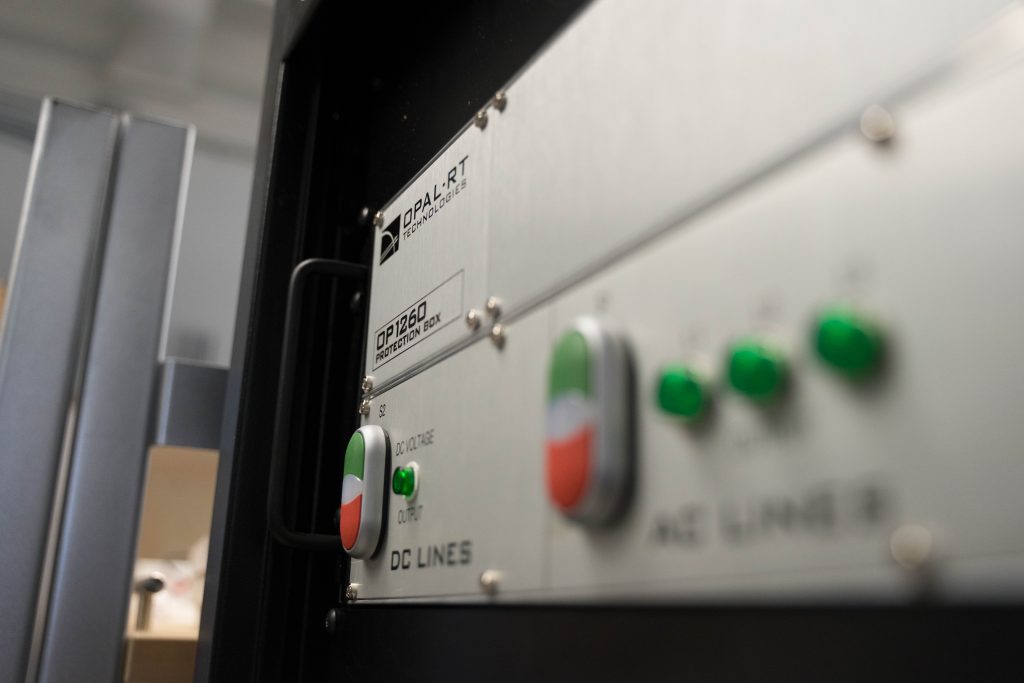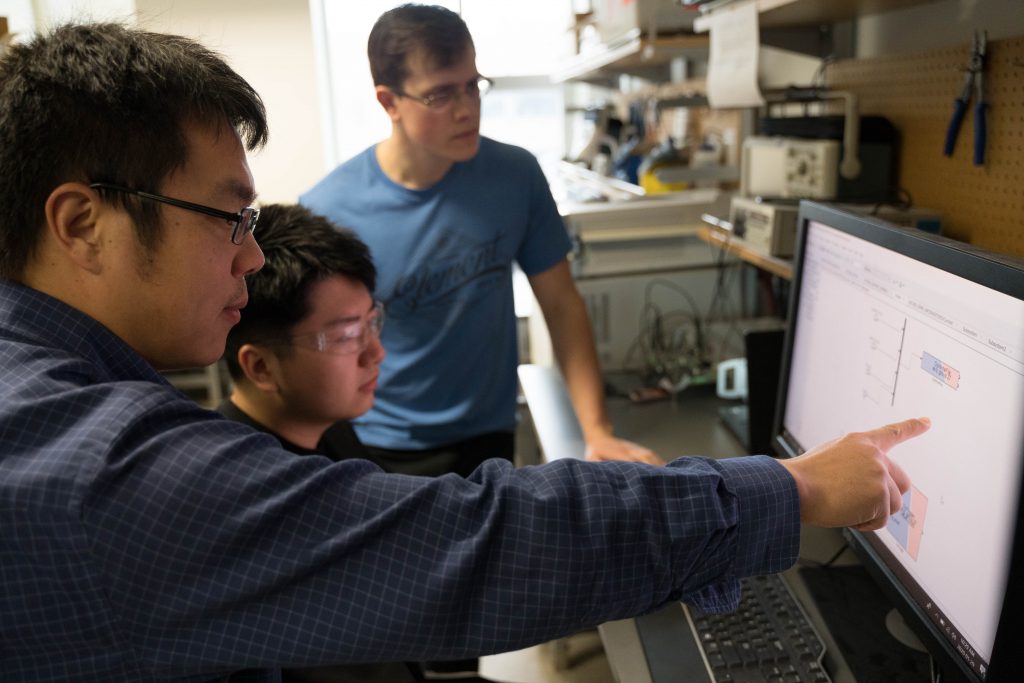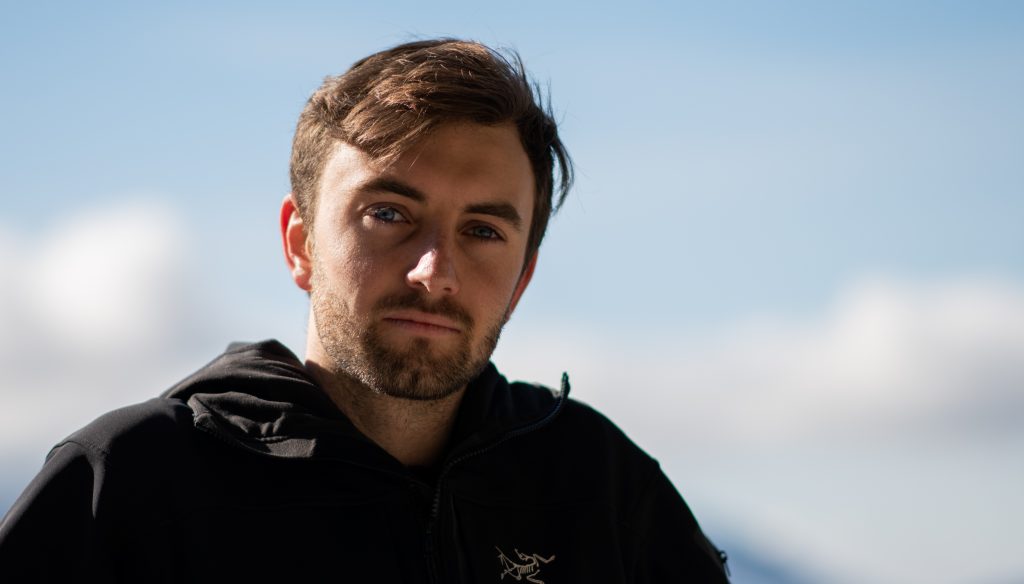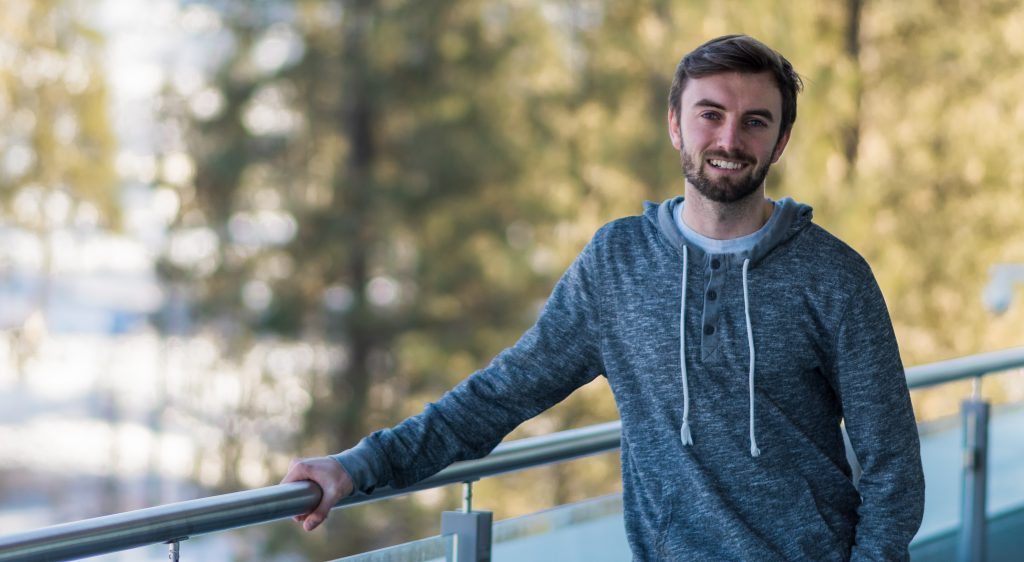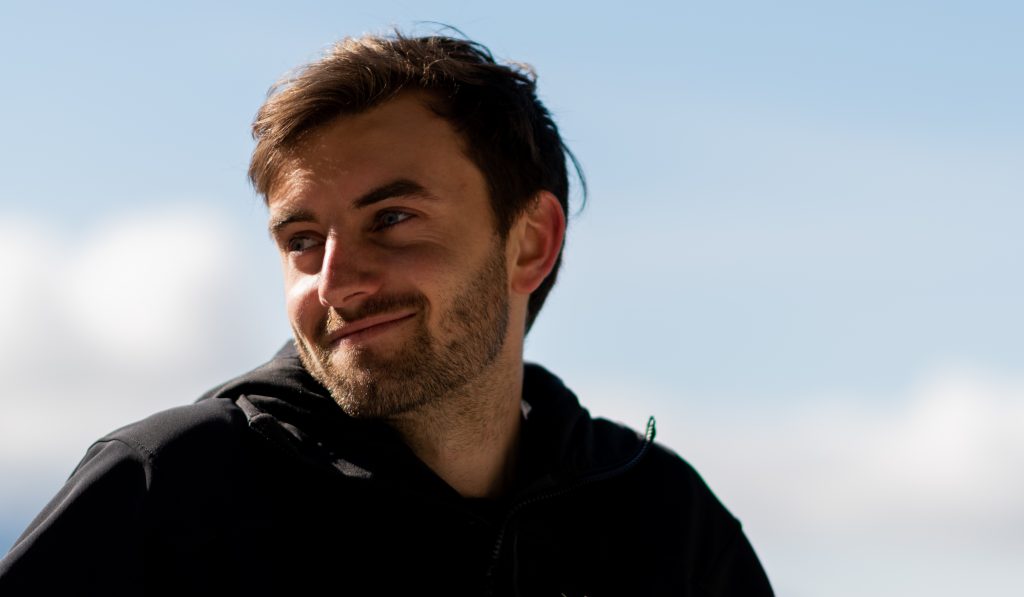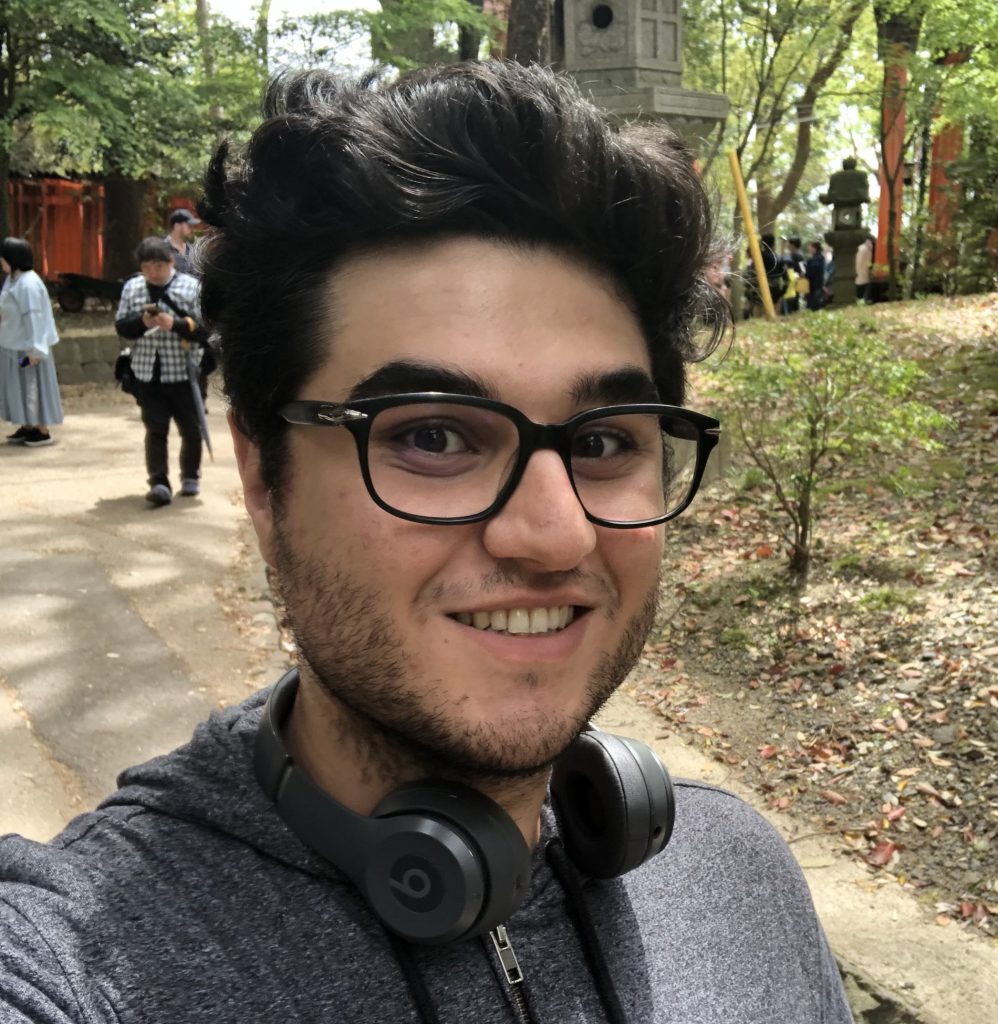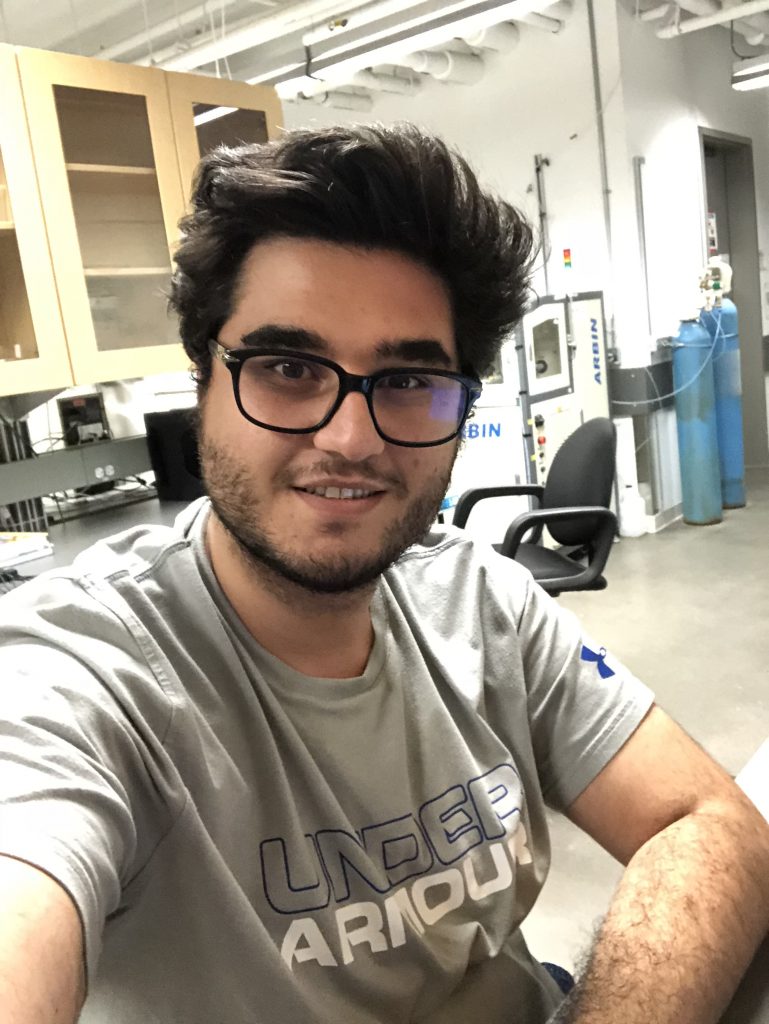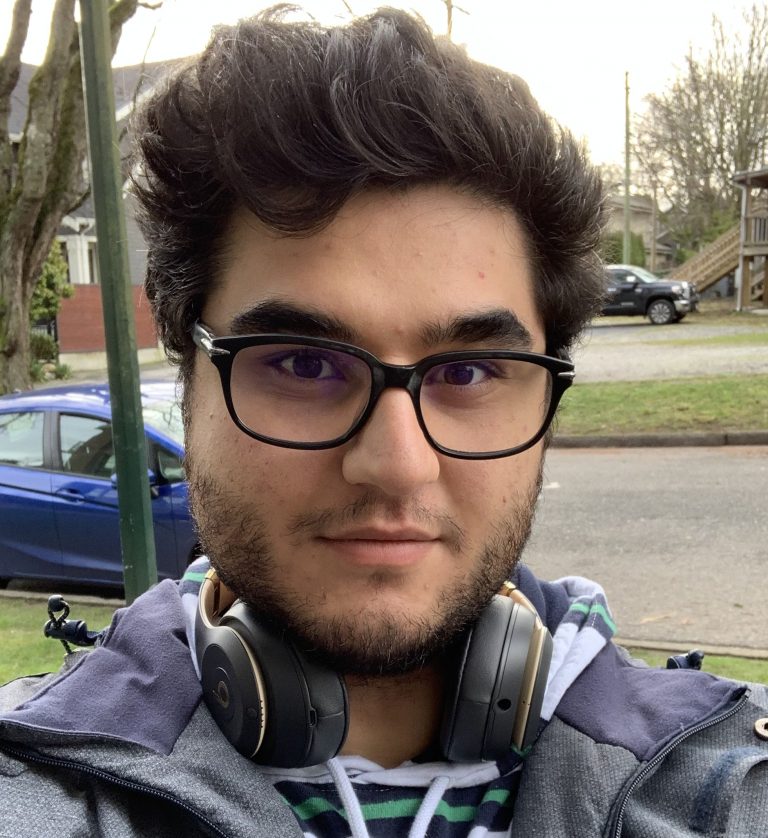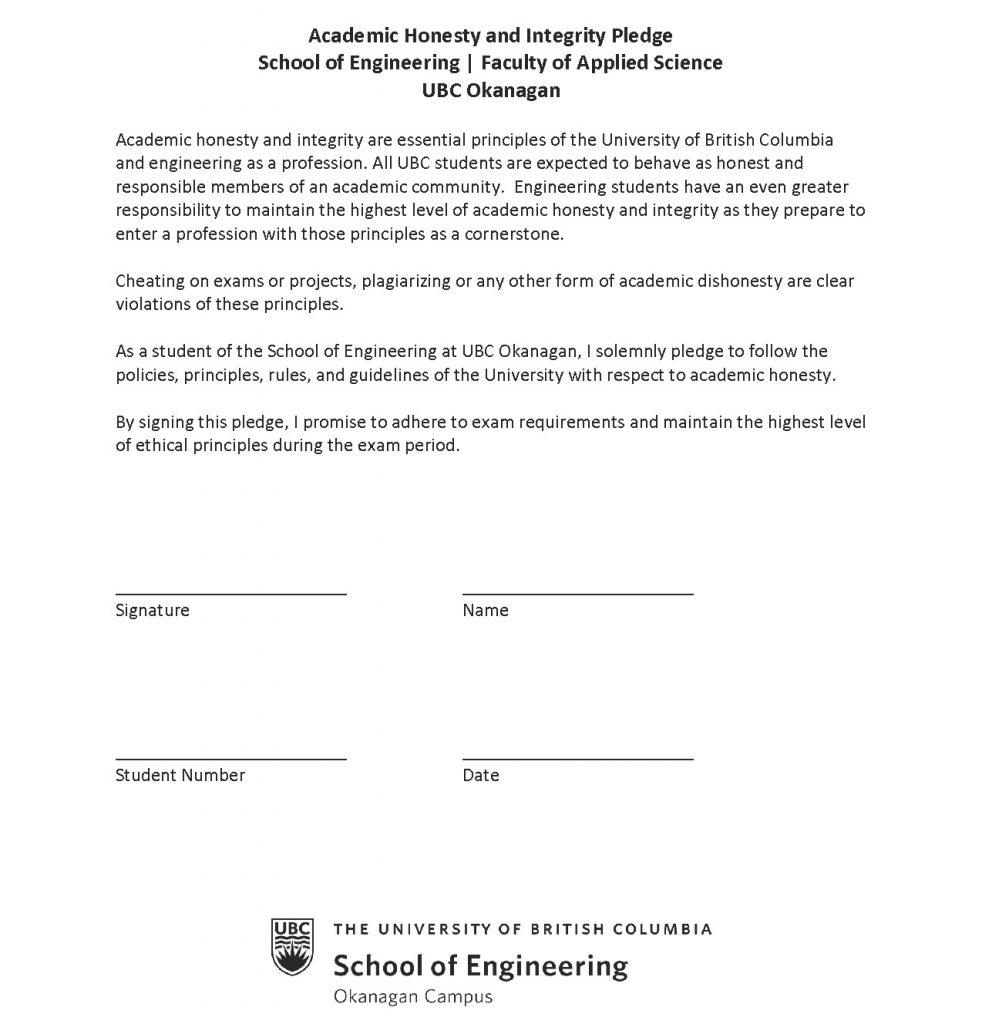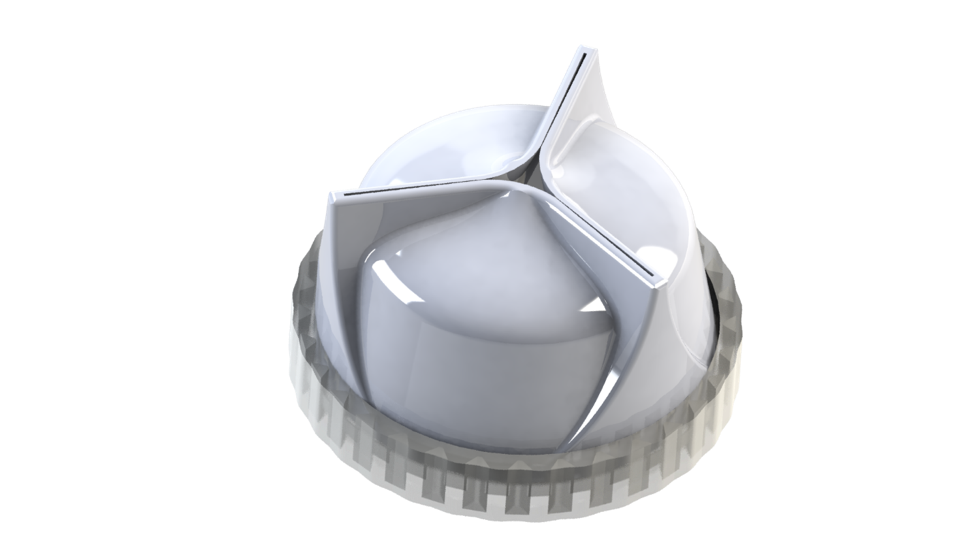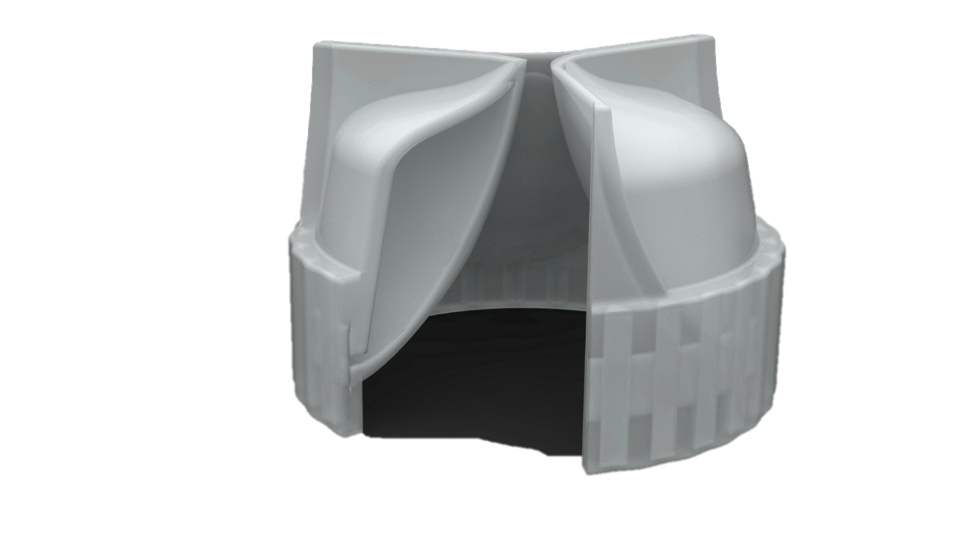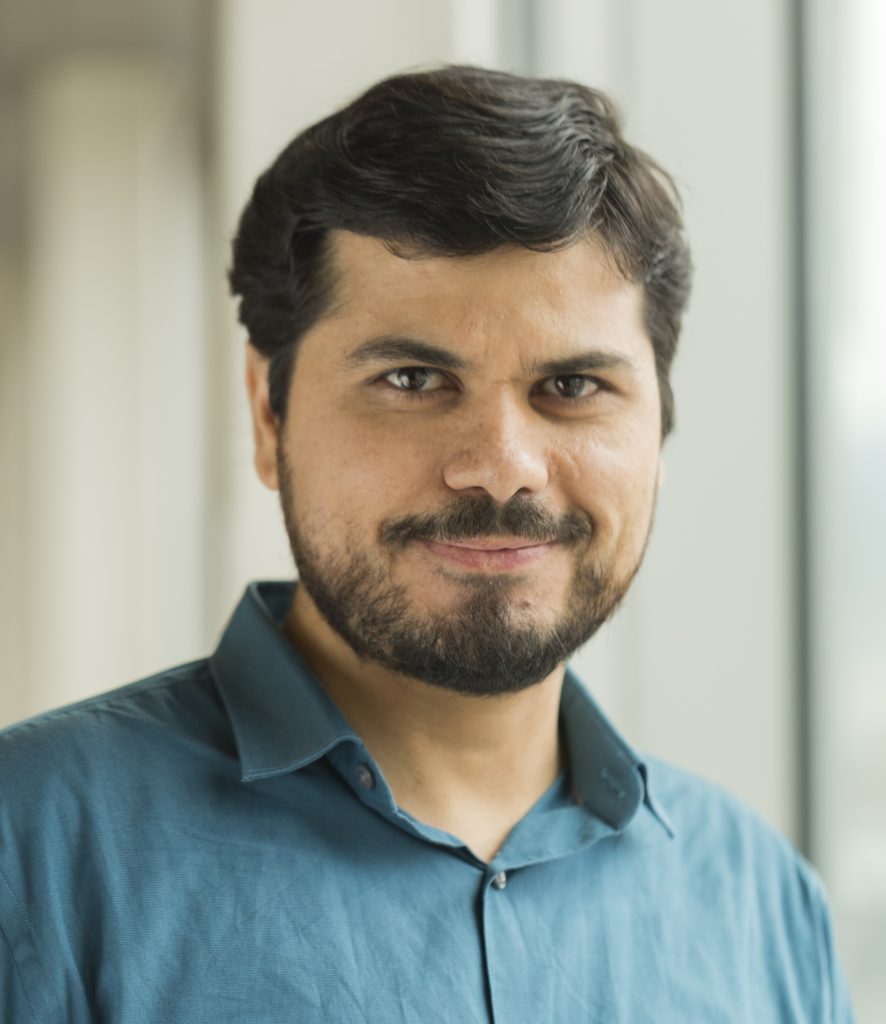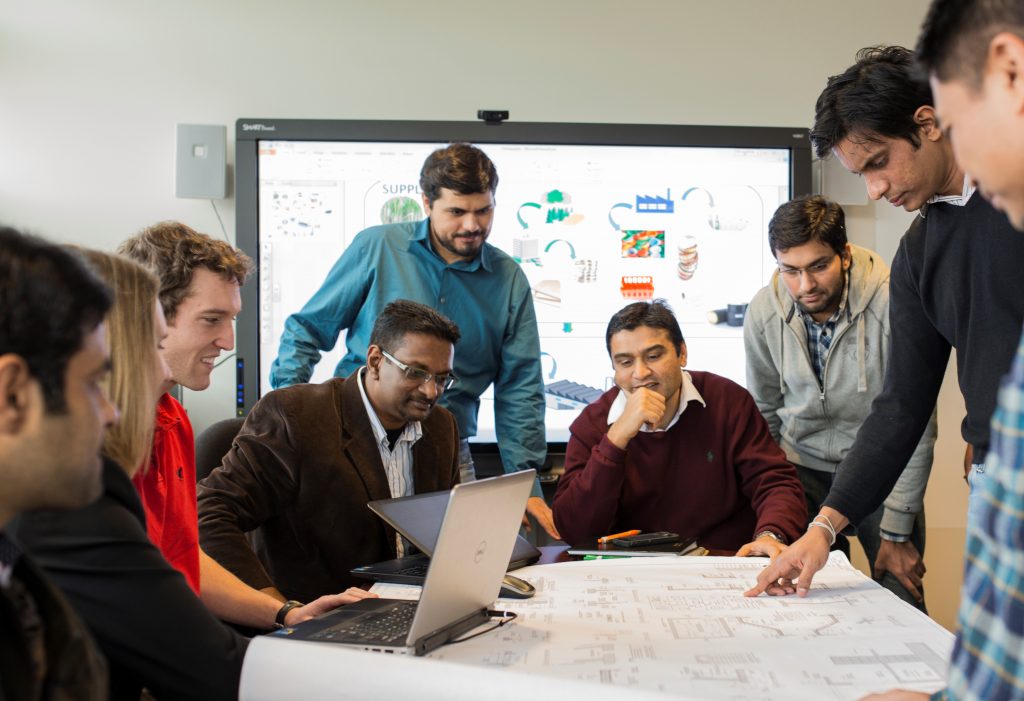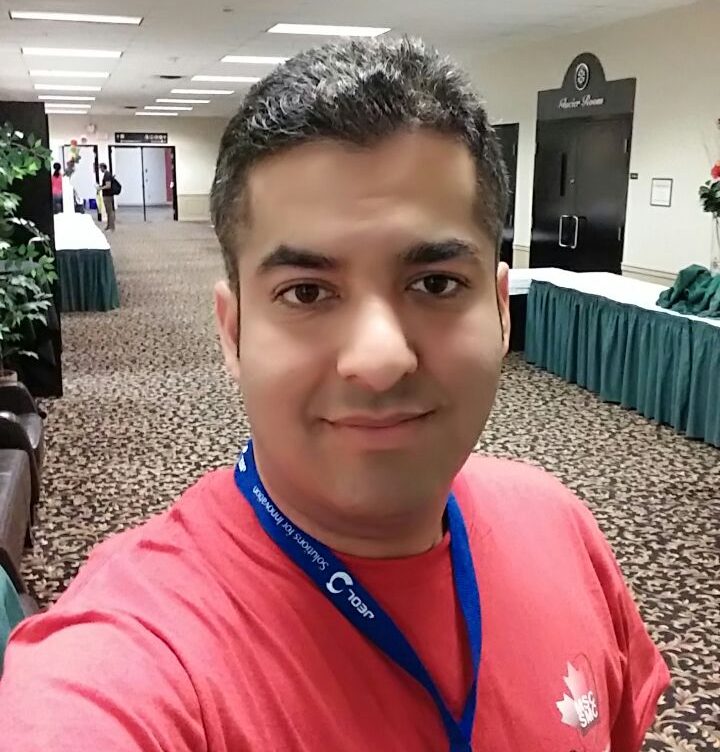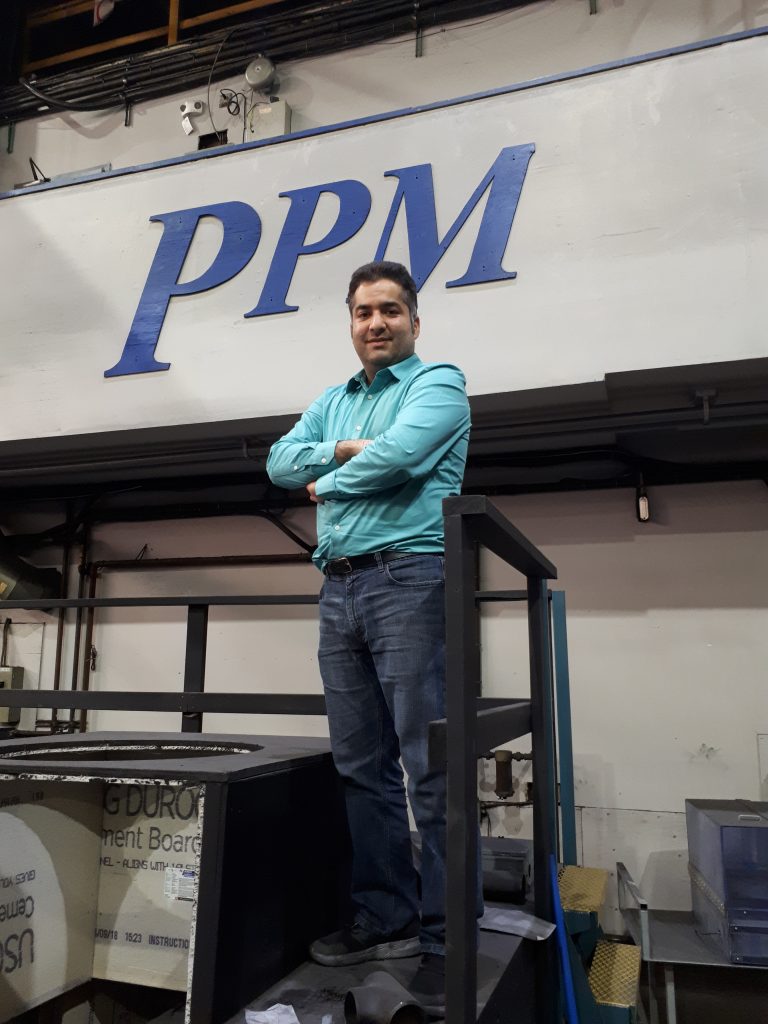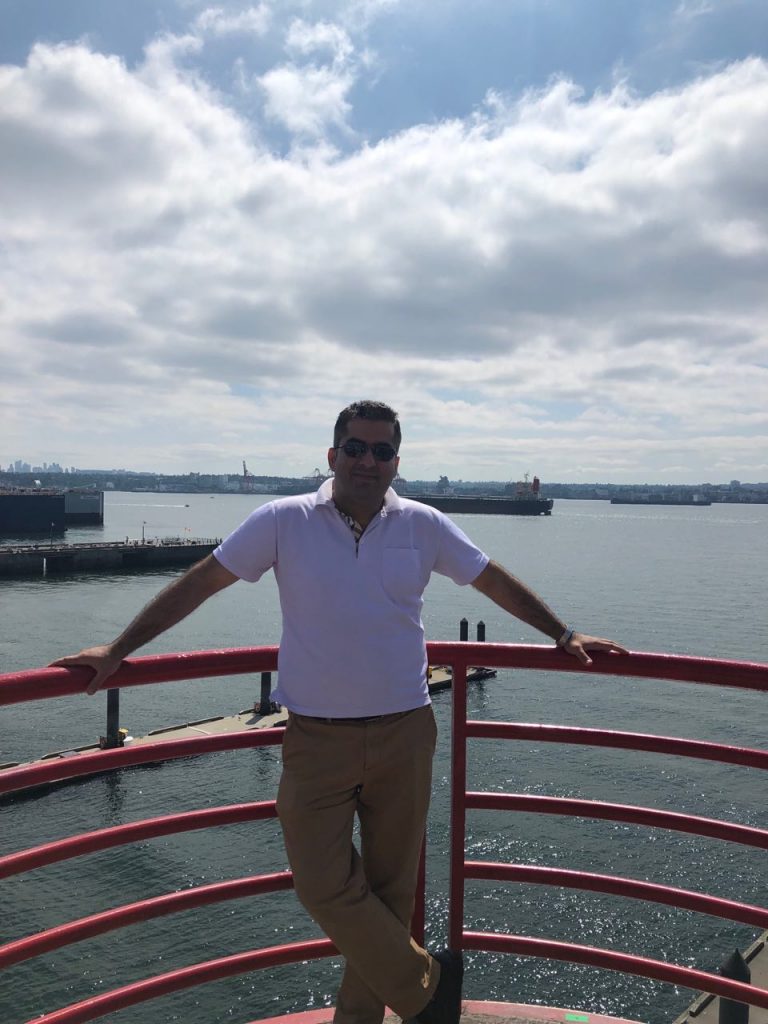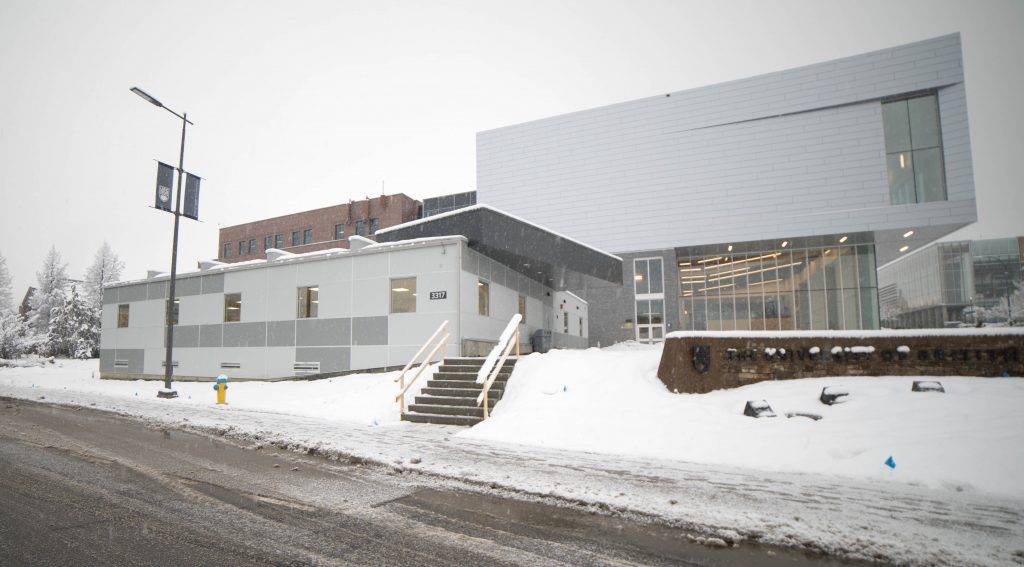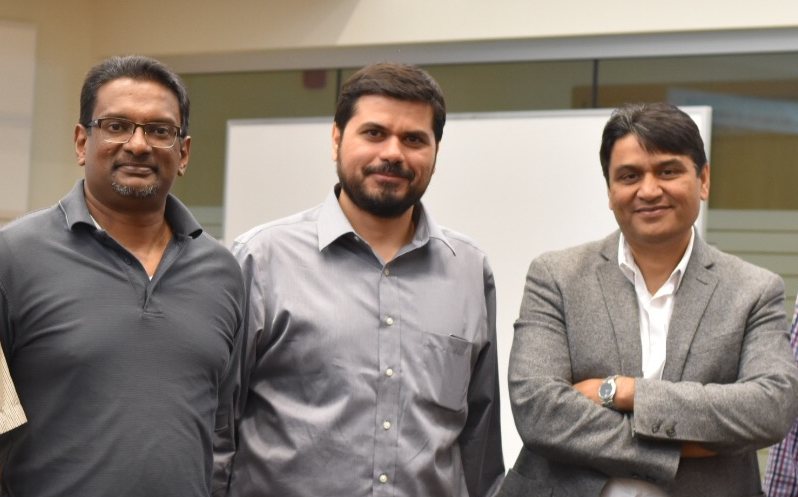Over fifty projects involving forty-nine industry partners were submitted by student groups as part of ENGR 499 Capstone. A panel of judges from the community, industry and UBC adjudicated over the competition selecting winning entries in four categories (civil, electrical, interdisciplinary and mechanical), and an overall winner. Despite the challenges of physical distancing protocols, teams successfully submitted their full reports and video summaries followed by remote adjudication.
To celebrate the winning projects, Associate Professor Ken Chau unveiled the 2020 ENGR 499 Capstone winners with a virtual award show.
In the civil category, Group 36 – Quail Trail: Connecting Communities (team members: Paula Galvez, Hanneke Byl, Alexander Froats, Troy Peterson, and Riley Salter) was picked as the top project. The group worked with the City of Kelowna, and their faculty supervisor Claire Yan, to create an active transportation path connecting UBC Okanagan and Quail Ridge community. The scope covered the design of a new path, maintenance using research, preliminary geotechnical studies, CAD work, GIS work, and stakeholder involvement.
In the electrical category, Group 38 – Applying Machine Vision and Artificial Intelligence to Maritime Transportation (team members:Ali Jalil, Ella Lin, Jacky Lin, Larry Staecey, and Hung Ting Tsai) was awarded the top award in that category. The group collaborated with Canscan and faculty supervisor Zheng Liu to consult with optical experts, camera suppliers, container lift truck manufacturer to specify camera optics and installation details, develop a suitable miniaturized image processor and communication device to interface with main operating computer at ports.
In the mechanical category, Group 34 – Development and Optimization of a Basic Industry 4.0 Framework (team members: Darryl Lam, Graeme Paul, Dara Mohadjel, Connor Gaudreau, and Louie Federico) placed first. Group 34 worked with the Composites Research Network (CRN) Okanagan Node and faculty supervisor Abbas Milani to take an existing Industry 4.0 basic system, provide a systems analysis and develop new automation modelling and design strategies, using thermal and mechanical-based industrial application case studies in composites manufacturing area.
In the interdisciplinary category, Group 20 – Developing a Holistic Monitoring System for Early Detection of Wildfires (team members: Ziad Abdelsamad, Florence Belanger-Jones, Abdulwahab Elrmali, Saad Bushnaq, and Omar Mourad) was recognized as the top project. Working with the TerraSense Analytics and faculty supervisor Ian Foulds, Group 20 developed a system to detect and relay wildfire information.
Judges chose Group 38 – Applying Machine Vision and Artificial Intelligence to Maritime Transportation as the overall winner.
The School of Engineering wishes to thank all industry partners for participating in the 2020 ENGR 499 Capstone: Village of Gallaghers Canyon, UBCO Motorsports, Teck Metals Ltd., MKI Wind Energy (M. K .Ince and Associated Ltd), Our Blue Planet, S-FRAME Software, Antrobus Consulting, Global Physical Asset Management, Inc., Westport Fuel Systems, WS Technologies Inc. (WST), Kendyl Inc., MK Technologies Ltd, Limitless Potential Technologies Inc, TerraSense Analytics, City of Kelowna, KUL Management Group Ltd, WSP Canada Group Ltd. and Westbank First Nation (WFN), WSP Canada Group Ltd. and Regional District of North Okanagan (RDNO), The Clubhouse Child Care Center, Flema Products, Curly Frog Farm, Tolko Industries, Composites Research Network (CRN) Okanagan Node, UBC Okanagan Campus Planning & Development, UBCO’s Advanced Control and Intelligent Systems Lab, Canscan Inc., S-FRAME Software Inc., CTQ Consultants Ltd., DEEPWATER FARMS (DWF), KUL Management Group Ltd, Area 51 Machine Design, Okanagan College, Kaltire, Tetra Society of North America Okanagan, Regional District of Central Okanagan, DuraBrace, and Primary Engineering and Construction.


